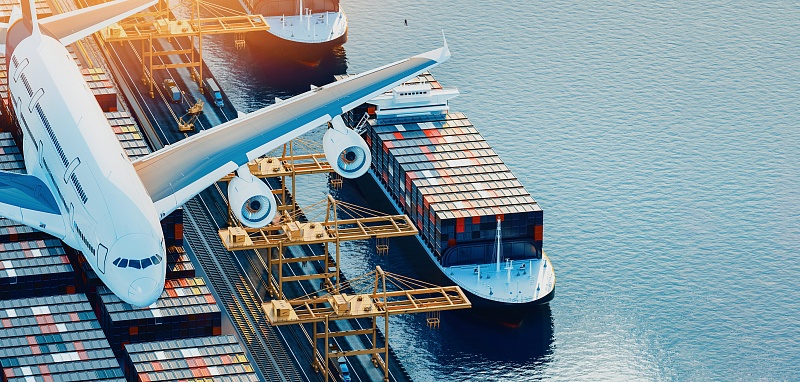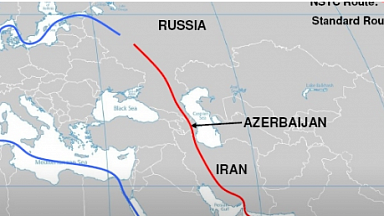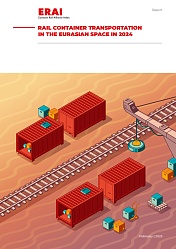Asia-Europe ocean freight spot rates have risen to new record levels approaching an average of US$3,000 per teu this week, reflecting high demand, capacity bottlenecks and a shortage of empty containers and other equipment.
Figures from the Shanghai Containerized Freight Index (SCFI) for this week’s bookings show average rates from Shanghai to northern Europe this week rising by almost a quarter in just a one week to a new record of $2,948 per teu, up 24% compared with the previous week — when prices had already seen a rise of more than 13% on the previous week’s levels. That takes Asia-Europe rates to more than double their level this time last month.
And rate rises on the Asia-Mediterranean trade were even larger, with a $689 per teu price rise taking rates beyond $3,000 to $3,073 per teu, a rise of almost 30% (28.9%) during in the week.
Rate rises from China overall were more moderate, although average spot prices to Europe from ten hub ports in China, as measured by the China Containerized Freight Index (CCFI), rose by more than 15%, week on week, to $1,745 per teu.
Meanwhile, average prices from China to the US remained broadly stable for another week, as they have for several weeks.
David Kerstens, Equity Analyst at freight investment analysts Jefferies, noted that Asia-Europe rates are «now three times higher than last December, setting the stage for contract negotiations» between container lines and shippers.
He highlighted that the overall consolidated SCFI had «increased by 9% yesterday to a record-high level of $2,312/TEU, driven by rate increases of 25%-30% on trade lanes from Shanghai to Europe, reflecting capacity bottlenecks and a shortage of empty containers».
He noted that the SCFI is now 155% higher compared to this week last year and up 45%, on average, for the year to date (ytd).
Meanwhile, the CCFI increased 7% to $1,412/TEU this week and is now up 65% compared to this week last year and 15% on average ytd.
«Contract negotiations for Asia-Europe trade have now started and higher contract prices are expected to gradually filter through into the CCFI,» noted Kerstens. «Note that Asia-Europe spot rates are more than three times higher than last December. We recently upgraded the container sector, after a faster than expected recovery of demand, driving up freight rates, profitability and ROIC.»
The freight indices reflect the ocean freight rate and the associated seaborne surcharges of individual shipping routes on the spot market.
China Containerized Freight Index covers ten ports of departure in China: Dalian, Tianjin, Qingdao, Shanghai, Nanjing, Ningbo, Xiamen, Fuzhou, Shenzhen and Guangzhou.




